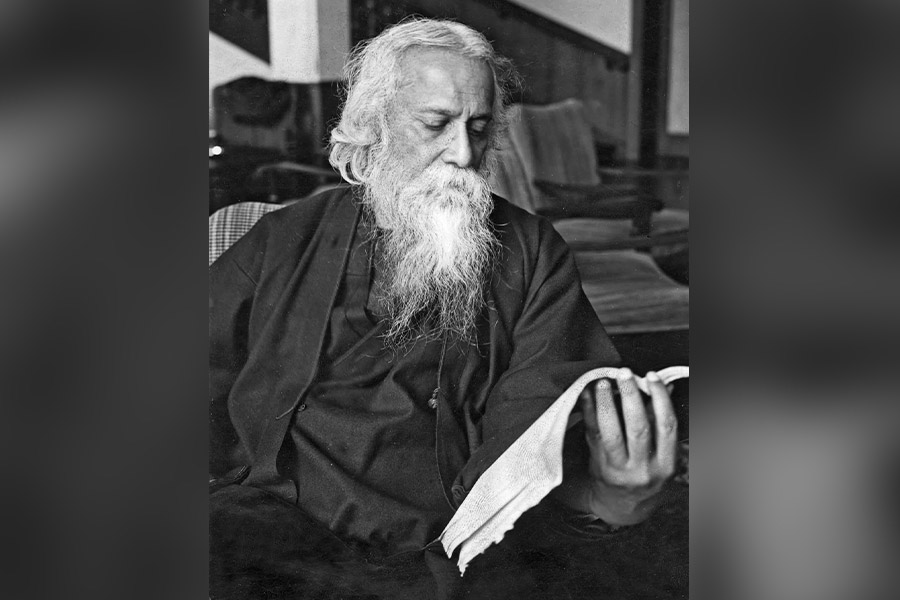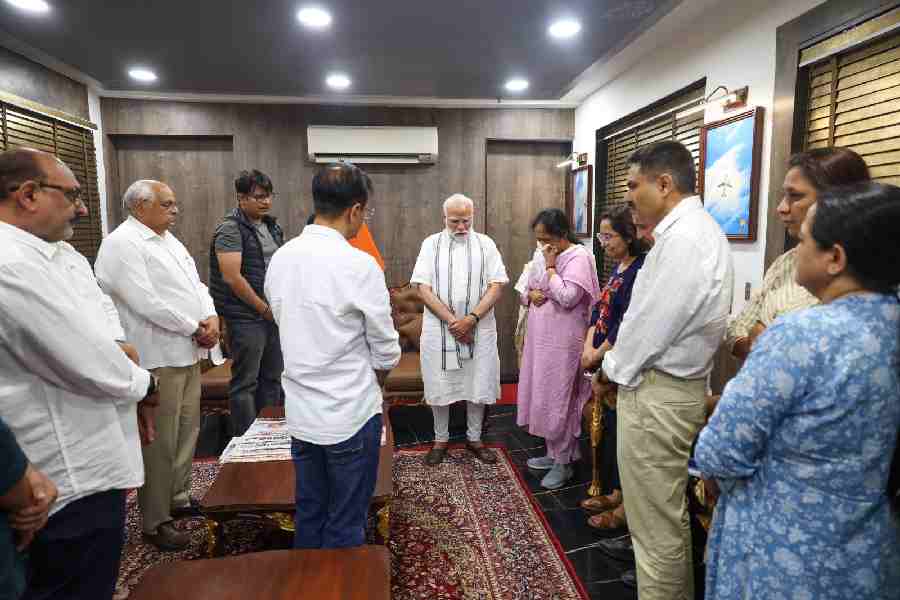Guwahati, April 15 :
It has a glorious past, but the present is tense and the future uncertain. Once a thriving art form, the ?dhuliya circus? of Rampur in Assam?s Kamrup district is today struggling for survival.
The annual Rongali Bihu provides an opportunity to these little-known artistes from Rampur to come to the city and demonstrate their talents, which include jumping through rings of fire and working their way up like snakes along leather belts to the accompaniment of the dhol (Assamese drum) and other indigenous musical instruments.
?We inherited this art from our fathers and they did so from their fathers. We are the sixth generation,? said Thaneswar Kaibarta, joint leader of the group that is presently doing the rounds of bihutolis here.
?We are invited to perform at various village functions, but we do not get the kind of exposure we receive in the city,? he added.
Kaibarta said the art was in need of exposure as it was dying out. ?Our fathers had inherited a book named Mridanga, written on the bark of a tree, from their forefathers. It had all the instructions about how dhuliya circus is to be performed. But the book was lost about 50 years ago,? he said.
With the disappearance of the instruction manual, many of the acrobatic acts and valuable tips were lost forever.
Eminent art critic and officer-on-special-duty at the Srimanta Sankardev Kalakshetra, Ratna Ojha, said the dhuliya art of Kamrup was more than 600 years old. ?Kamrupi dhuliyas (drummers from Kamrup) used to perform in other parts of the state even before Sankardeva?s time,? he said.
Abject poverty is compounding the problems of the performing artistes.
?We are from the fishing community and not rich people. We also need to earn our living and this circus does not provide us with enough money,? said 55-year-old Boroda Kaibarta, the other joint leader of the group performing in the city.
?Many of our instruments need to be replaced, for they had been bought years ago by our fathers. But we do not have enough money to do that,? he rued.
The performers have not been able to get even their special attire tailored for several years now. The ones they are using now were donated by a city-based patron of the art years ago. The organisers of the Guwahati Bihu Sanmilani at Latasil had promised them a new set of clothes this year, but it is yet to be fulfilled.
During each Bihu season, the performers earn about Rs 50,000. But that has to be divided among the 32 members of the group. Apart from that, there are transportation and food expenses. Ultimately, each individual performer is left with a meagre amount.
The group is extremely sore with the Asom Gana Parishad (AGP), which had promised to safeguard Assamese identity.
 Friday, 13 June 2025
Friday, 13 June 2025










